Every car owner wants to get the most out of their car, and it’s engine. When it is performing as it should, you won’t have any warning signs, and it will drive like it’s brand new. However, if you have noticed a loss in power or are hearing unusual sounds, this could mean that your engine has become less efficient. Let’s take a look at some of the signs that could be causing your car’s engine not to be operating at its full potential.
Vacuum Leaks
Pesky vacuum leaks can rob your engine of power. It can also create weird sounds from the engine bay. Some of the most notable signs can be a hesitation from your engine or even a sputter. The result will be a loss of power and poor fuel economy. At times, these are easy fixes; the hardest part is locating the leak.
Dirty Air Filter
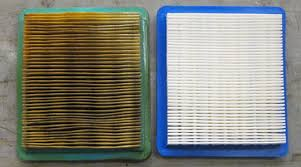
An overly dirty air filter will restrict the amount of air that enters the intake of your engine. It is one of the primary actions that need to happen for your engine to run. Air mixed with fuel plus spark is the essential break down. If your air filter hasn’t been changed in a while, taking a quick look might help to identify if this is the issue. An air filter starts out white, if it is black, and filled with debris it is time for a change.
Exhaust Leaks
Just like a vacuum leak, exhaust leaks will steal power from your engine as well. They will have a slightly loud sound associated with the hole. Most everything in your engine works off of pressure. If there is an exhaust leak, it can cause gases to move back into the combustion chambers and not out of the car.
Clogged Fuel Injectors
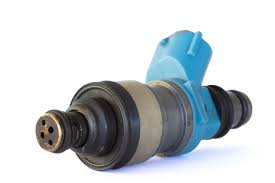
A clogged fuel injector can cause a multitude of problems. You will have poor fuel economy for starters, and then a rough idle on top of that. If an engine is running to rich (using more fuel) or running lean (not using enough), it will result in a performance issue. You may also get a test engine light for this because often a misfire will happen. In more severe cases, a clogged injector may cause your engine to stall.
Loss of Oil between Oil Changes
In between oil changes, it isn’t uncommon for a car to have a minor loss in oil, more so in older vehicles. Newer vehicles don’t typically experience this. If you are losing oil, it could be from piston rings being worn out or even a leaking oil pan gasket. The only way to know for sure is to have an engine service done by an automotive shop.
Check Engine Light is Illuminated
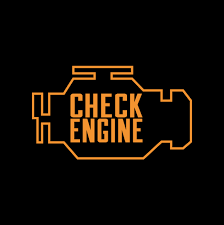
The onboard diagnostics (OBD) can provide you clues as to what is going on with your vehicle. Engine diagnostics testing will allow a technician to gain insight into the problem. If a problem is found, fixing it should clear up any issue you might be having. Doing so will also turn the check engine light off, and no one likes seeing this on.
Conclusion
As you notice, there are a few issues that can happen with your engine and it’s components that will lead it not to perform the way it should. If you have a check engine light on, or it is running different bring it to a professional that can run a diagnostic test on it.
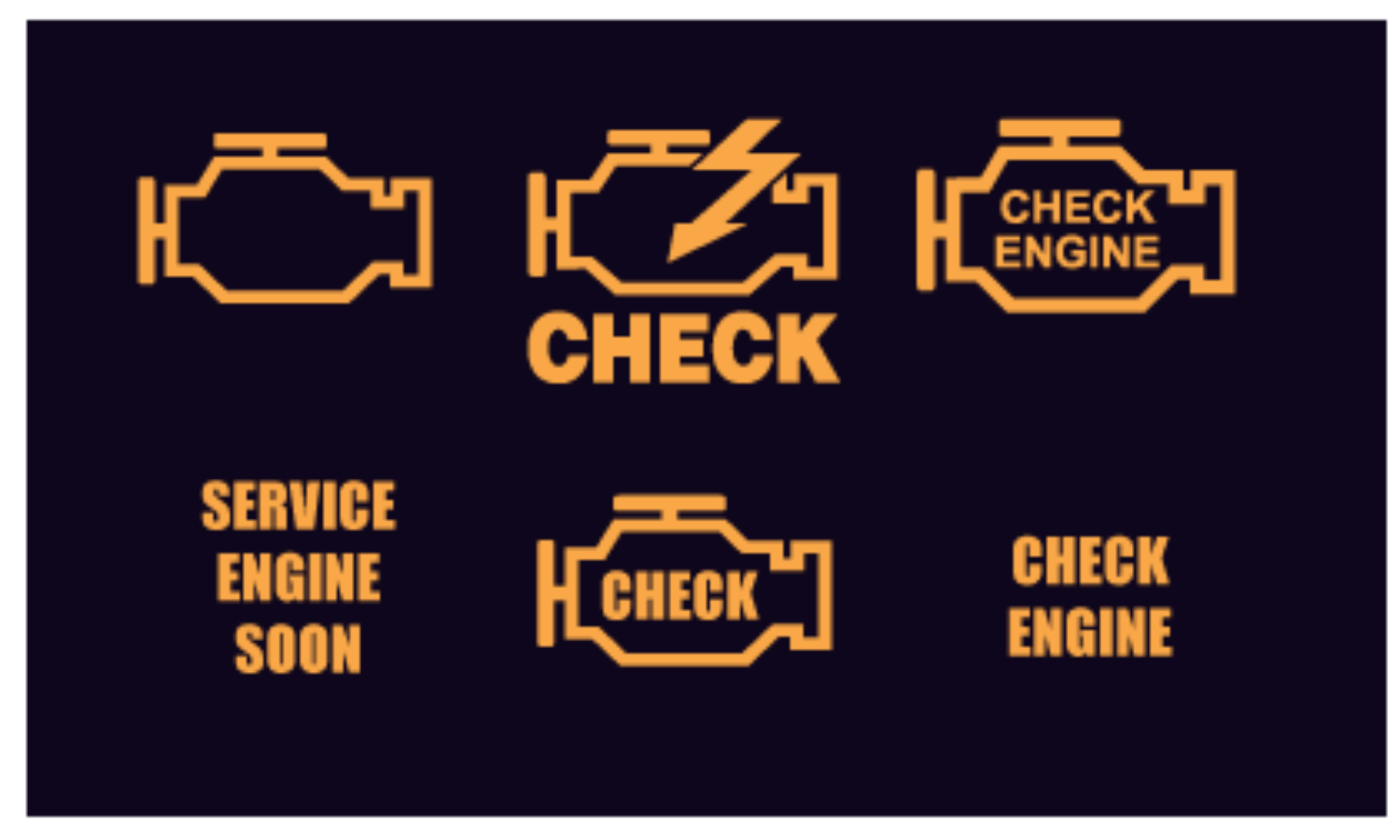
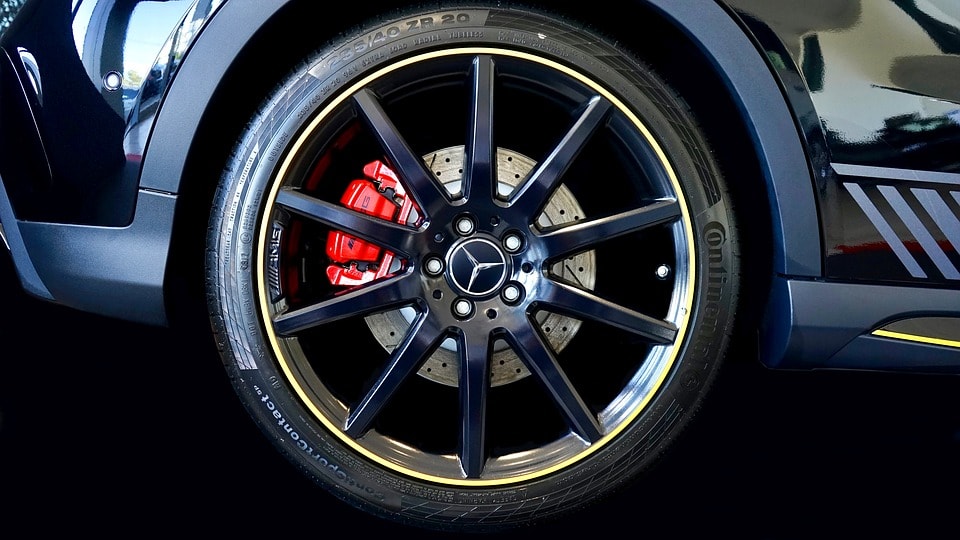
 The engine of your car is the heart of the vehicle. It would make sense that you should have maintenance done on it, to keep it running at its best. One of the most honest services you can have done routinely is to have an oil change. An
The engine of your car is the heart of the vehicle. It would make sense that you should have maintenance done on it, to keep it running at its best. One of the most honest services you can have done routinely is to have an oil change. An 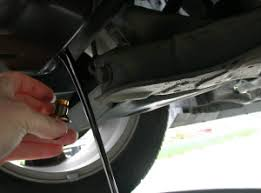
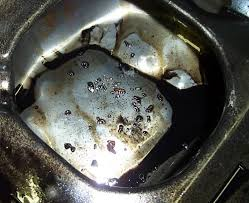
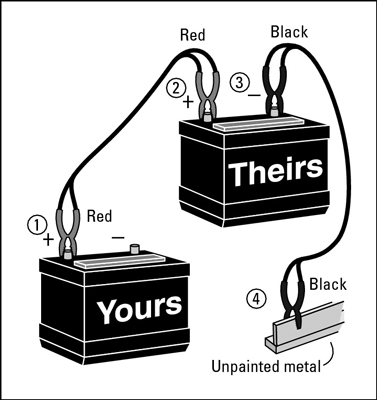
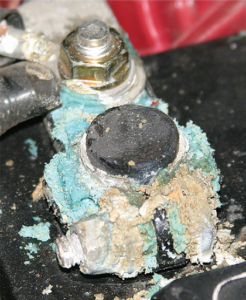 Your car’s battery is one of the most important parts of your vehicle; it is the driving force as to how your vehicle starts. Having clean, non-corroded battery terminals and cables can make all the difference in how it functions. Can battery corrosion keep a car from starting? If your battery is displaying signs of corrosion, i.e. the gunky white build up surrounding the posts, then yes, it can, in fact, cause your car not to start. The reason being is your battery cables won’t be able to make a significant connection to the terminals to supply power. When you start to notice signs of corrosion, it is best to clean the battery terminals as well as the cables thoroughly. There are some unique, inexpensive tools you can purchase that will make the job go very quickly. If you don’t desire to go out and buy these handy tools you can also use some common household materials to get the job done. How to clean battery terminals with a few tips along the way is very simple.
Your car’s battery is one of the most important parts of your vehicle; it is the driving force as to how your vehicle starts. Having clean, non-corroded battery terminals and cables can make all the difference in how it functions. Can battery corrosion keep a car from starting? If your battery is displaying signs of corrosion, i.e. the gunky white build up surrounding the posts, then yes, it can, in fact, cause your car not to start. The reason being is your battery cables won’t be able to make a significant connection to the terminals to supply power. When you start to notice signs of corrosion, it is best to clean the battery terminals as well as the cables thoroughly. There are some unique, inexpensive tools you can purchase that will make the job go very quickly. If you don’t desire to go out and buy these handy tools you can also use some common household materials to get the job done. How to clean battery terminals with a few tips along the way is very simple.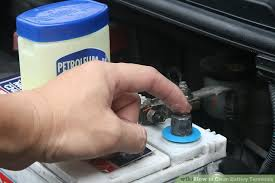 First, you are going to want to disconnect both the positive and negative cables from the battery terminals. You can utilize either a socket or wrench to loosen the nuts holding the wires. The next part will vary depending on what method you choose, so we’ll start with the household.
First, you are going to want to disconnect both the positive and negative cables from the battery terminals. You can utilize either a socket or wrench to loosen the nuts holding the wires. The next part will vary depending on what method you choose, so we’ll start with the household.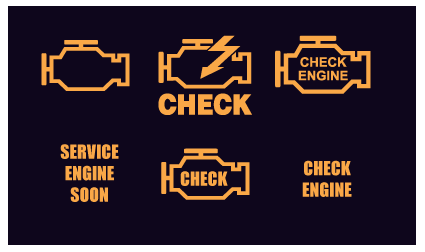
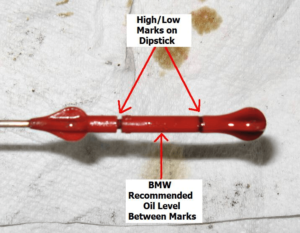
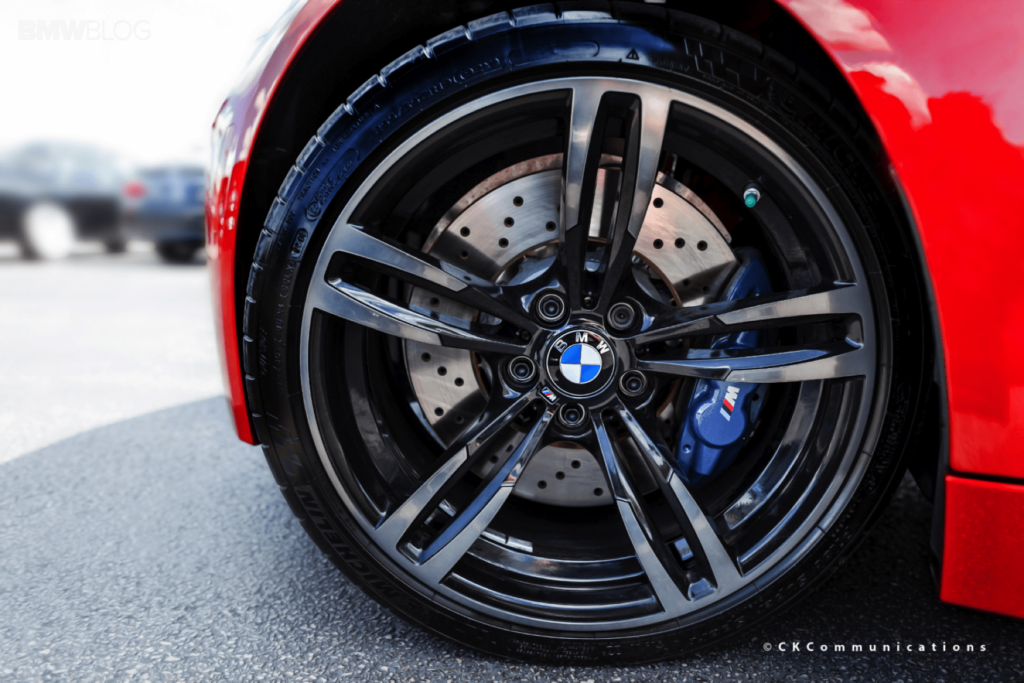
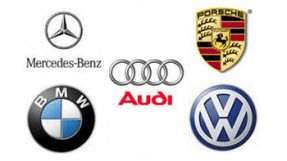

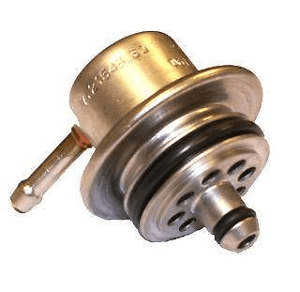 What Does a BMW Fuel Pressure Regulator Do?
What Does a BMW Fuel Pressure Regulator Do? Is there a specialized BMW technician available on staff?
Is there a specialized BMW technician available on staff?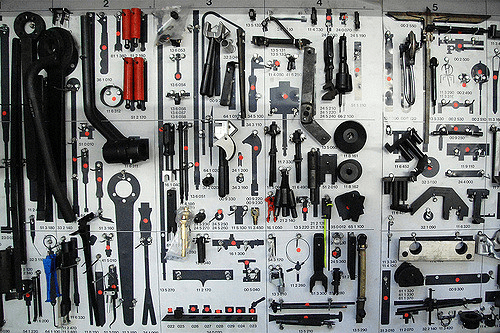 There is much to be said about having the right tools for the job. It can make a difference in how long a job takes, as well as the craft that goes into certain repairs. If a shop doesn’t have the necessary tools for proper fixes, they may take shortcuts to avoid doing certain things if they don’t have the correct tool. If you go to a BMW repair shop, you are most certainly guarantee they will have the right tools for any job. You’ll want to make sure that the shop you choose also uses the correct diagnostic tools. While most cars use the standard OBD2 systems, BMW uses specific computers to diagnose further into any issues your vehicle may be experiencing. It is best to choose a shop that can do more than just a simple OBD2 check.
There is much to be said about having the right tools for the job. It can make a difference in how long a job takes, as well as the craft that goes into certain repairs. If a shop doesn’t have the necessary tools for proper fixes, they may take shortcuts to avoid doing certain things if they don’t have the correct tool. If you go to a BMW repair shop, you are most certainly guarantee they will have the right tools for any job. You’ll want to make sure that the shop you choose also uses the correct diagnostic tools. While most cars use the standard OBD2 systems, BMW uses specific computers to diagnose further into any issues your vehicle may be experiencing. It is best to choose a shop that can do more than just a simple OBD2 check.